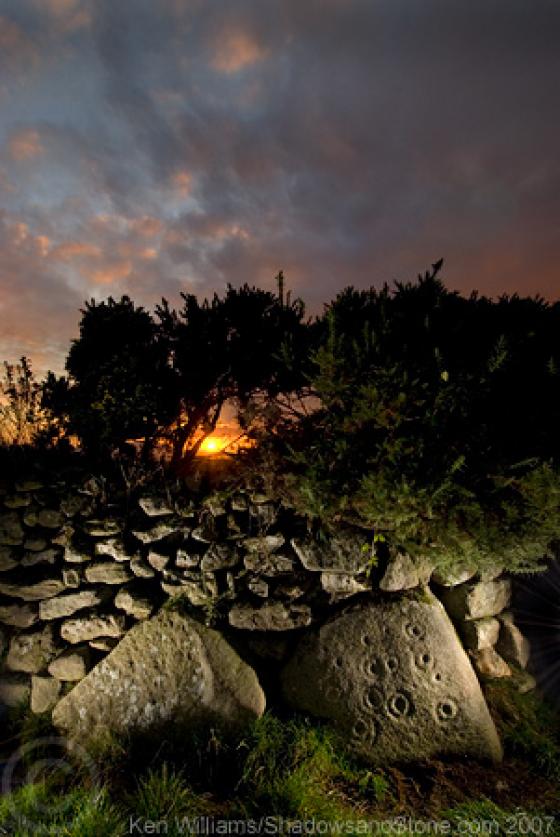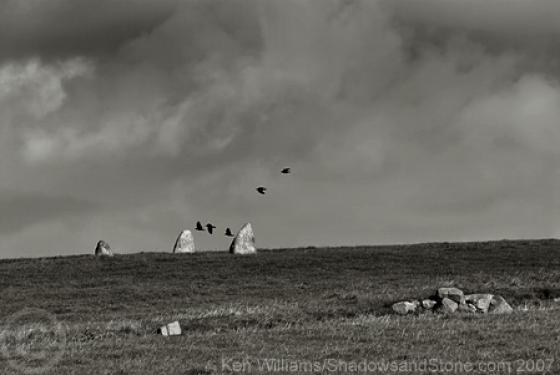
The ‘copy’ in the recently refurbished heritage centre. (See posted link and CianMcLiam’s fieldnotes).

The ‘copy’ in the recently refurbished heritage centre. (See posted link and CianMcLiam’s fieldnotes).

A different lighting scheme to bring out the groove that runs around the edge of the stone better.

See fieldnotes and caption of next photo for details of this stone.

This stone is now sitting on a table covered in a slightly unpleasant shade of green cloth (faded snooker table like) but the staff kindly allowed me to move it on to the flagstones and use a couple of boxes to simulate the light from an open doorway using a couple of flashes.
Now this is interesting. The stone is kept in a heritage museum in the former Church of Ireland at St. Mullins (the ruined abbey and high cross are in the same place) and I was told the National Musuem has the original and the heritage centre a copy.
Either Ireland is home to a master stone carver who lovingly spent years carving and applying very convincing weathering and wear on this stone or both the National Museum and the Heritage Centre have gotten themselves into a mixup. I’m 95% sure this is the original stone taken from the top of a field wall on Dranagh Mountain, and the carvings match a sketch taken from the piece in the National Museum. The Heritage Centre have original pics of the stone from not long after it was found and every contour of the stone matches yet not a single modern tool mark is visible. Remarkable!
It is a lovely stone with an unusual design, could be a sibling of the stone at Tinnacarrig in that the design seems to have been planned around the shape of the piece. And here, like at Spahill, we see a lip/groove carved around the edge of the stone and curling back into the space to the right of the cup and ring. A beauty, and either the best fake in the world or a little stone lost...
A digital photo of a printed photo of the original stone.





































